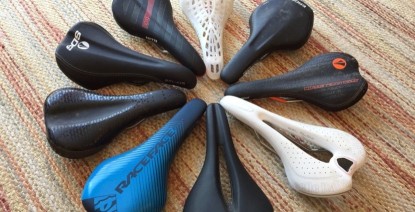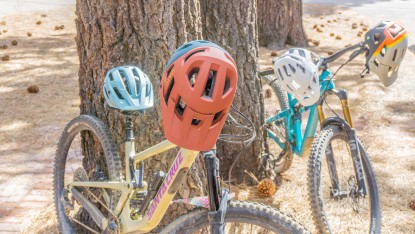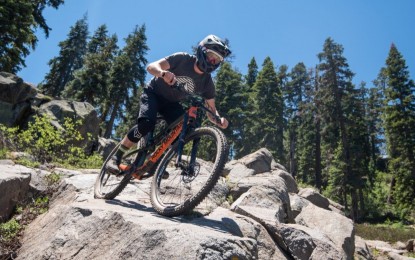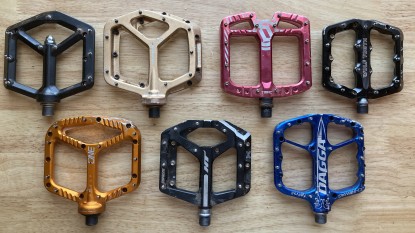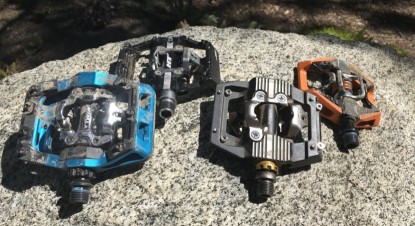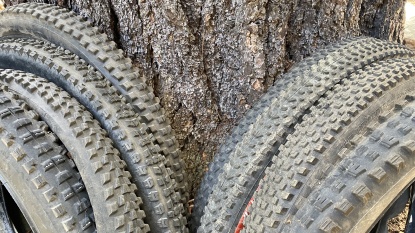The Best Dropper Posts
Interested in identifying the best dropper seatpost for your beloved mountain bicycle? Don't sweat, we have you covered. We have spent years researching virtually every dropper post on the market. We agonized over the details and purchased over a dozen of the most compelling options. We rode these seatposts for years for this comparative analysis review. A dropper post is essential these days, getting your seat down and out of the way is a huge step in maximizing your shred factor. There are a whole lot of marketing jargon and technical terms flying around when researching dropper posts. Lucky for you, our team of professional mountain bike testers love this sort of thing. They sifted through all of this propaganda and tech so that you don't have to. Then, they spent hundreds of hours riding these seatposts in multiple weather conditions and types of terrain, all in the name of finding the best post for your needs and budget.
If you're in need of other components or accessories for your mountain bike, we can help. From the top-rated mountain bike pedals to mountain bike wheels and everything in between, we've done the testing to help you build your dream bike.
Editor's Note: Our dropper seatpost review was updated on November 20, 2024, to add more recommendations to our award section.












































